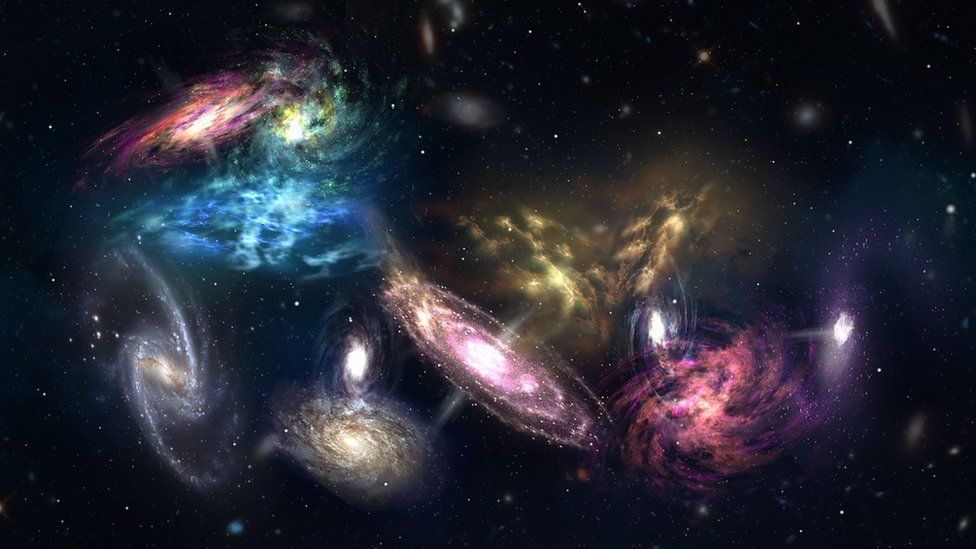|
Tranquillity of Mind
There is an old saying, “Watch your thoughts; for they become words. Watch your words; for they become actions. Watch your actions; for they become habits. Watch your habits; for they become character. Watch your character for it will become your destiny. ” As per modern science, the thoughts are mostly negative and triggered by external stimuli. Thought precedes desire. In Sanskrit, thought is called vritti. All sense experiences are thought modifications. When a thought modifies, it does not lose its nature. It just takes different forms, but does not transform. Thought is also called ‘mind-stuff.’ In Hinduism, all the mental abilities viz. intellect, decision making, receptacle of senses, thought-process, memories, etc. are grouped into four internal organs (Antahkarana) viz. Manas (the receptacle of senses & place of thoughts), Buddhi (Intellect & decision making), Ego (the self-consciousness or Ahamkara or pride or asmita) and Chitta (stored memories or impressions). Once one understands one’s mind, he understands his life. Beyond these four internal organs is “eternal Self”. Awareness, alertness and adoration of Self are required to discover it. Light is Self, pure ‘I’ and shadow is the Conditioned Consciousness, impure ‘I’. The shadow has no existence without this light. Mind & Miseries: The mind is restlessly chasing vasana objects to enjoy the hidden nectar of pleasures. We see men and women tirelessly spending time and energy to satisfy the insatiable mind. The people get older and diseased, yet the search for pleasures never ends. Experience of sensual pleasures creates impressions (vasanas or tendencies), impressions create memory of pleasures, memory of pleasures creates attachments to it, and attachments inspire to do good or bad karmas/actions which accumulate karmas leading to re-births. Mind demands repetition of past experiences. Since pleasant memories are preferred to pain memories, we run after former. But when the person feels deficiencies in the comforts, seven disorders develop - Kama (Lust or desire), Krodh (Rage, anger or hatred), Lobh (Greed), Moh (delusory emotional attachment), Ahankar (Ego or pride), Mada (passion) and Matsarya (envy, jealousy). Shri Krishna explained Arjuna in chapter 2 of Shrimad Bhagavad Gita that the man dwelling on sense-objects develops attachment for them; from attachment springs up desire, and desire (unfulfilled) causes anger (2.62). From anger arises delusion; from delusion, confusion of memory; from confusion of memory, loss of reason; and from loss of reason one goes to complete ruin (2.63). The flowing stream of thoughts in the mind which follows in the wake of the wandering senses carries away his awareness as the wind (carries away) a boat on the waters (2.67). Stream of Thoughts: Manas is the factory of thoughts. Experts estimate that the mind thinks between 60,000 – 80,000 thoughts a day. During waking state, the manas is predominantly rajasic, and it repeatedly participates in the multiplication of thoughts. But in sleep state, due to natural, self-canceling process and overwhelming tamas, the multiplication of thoughts comes to end. The process self-canceling process culminates in deep sleep. When there is no thought, one enjoys Ananda or bliss. Thought Management: Regrets of the past, anxieties of the future and excitements of the present are the channels of mental energy. Doing the given duty with complete focus without distractions of thoughts of past experiences and likely gains or failures, is thought management. One can choose to watch the thoughts, or walk along with them, or plunge in and swim. When we plunge in and swim, we are at the mercy of the current. When we walk along with our thoughts with great awareness, the manas stays alert and efficient. But when we choose to watch our thoughts, we stay free. A five steps meditation process reorganizes the mind and makes it free:
Tranquility of Mind: Tranquility or Serenity of mind is a milestone in the path of spirituality. Serenity of mind is basically “thought management”. We need to shift our attention from senses to thoughts supporting them and from the thoughts to the awareness supporting every thought. Awareness is known as Prajnana. It supports both Jnana (extensive knowledge) and Vijnana (intensive knowledge).
0 Comments
Composition of Universe – The Hindu Perspective
Modern Science discovered that the universe is constituted of space, time, seen matter (stars, galaxies, planets, nebulas and interstellar gas), unseen matter (dark matter), life and energy. Ordinary matter accounts for only 4.9% of the contents of the Universe. Dark matter accounts for 26.8% of the cosmic contents. Dark energy, the energy of empty space, is causing the expansion of the universe to accelerate and accounts for the remaining 68.3% of the contents. Hence, the modern science identified six basic constituents’ viz. space, time, visible matter, dark matter, life and energy. It is worth mentioning that ancient Hindu philosophers researched, much before the modern science discovered constitution of universe, identified six basic substances viz. Universal Consciousness or Supreme Being (Ishvara), Souls (Jivas), Non-material stuff (Aprakrta or Shuddhsattva), matter (Prakriti), outward consciousness (Dharmabhuta-Jnana) and Time (Kala). All the substances are divided into two main classes’ viz. insentient, inanimate or lifeless (Jada) and Non-animate, animate or living (Ajada). Living category of substances are Brahman (Ishvara), Jiva (Atman), Suddhsattva and Dharambhuta-Jnana. Non-living category of substances are Prakriti and Time. During the medieval period, Ramanujacharya and Nimbarakacharya, the exponents of Hindu Philosophies of Vashishtadvaita and Dvaitadvaita respectively, explained the constituents of the Universe. Ramanujacharya included above six substances among the constituents of universe but Nimabarkacharya did not mention Dharmabhuta-Jnana. The characteristics of the substances as under:
He possesses six glorious powers viz. Sovereignty, Omnipotence, Omniscience, Immateriality, Independence and endless manifestation. In Vishnu Purana, these powers are described as under:
The manifestation of Prakriti from the state of latency (Parlaya) into Patency (Srishti) is in stages and in that sense may be called as evolution. These stages are as under:
Reference:
|
Archives
March 2024
Categories
|

 RSS Feed
RSS Feed